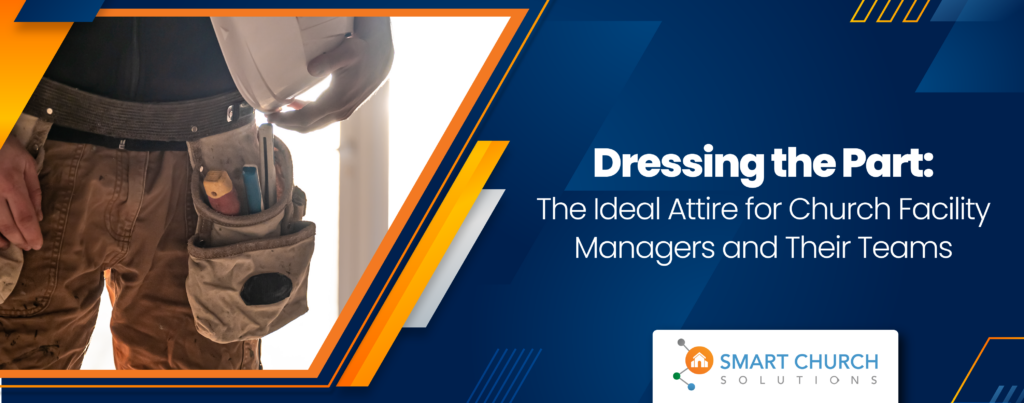Church facility infections require more than a pump of hand sanitizer or a face covering to combat. Over the years, church facility professionals have researched reasons why churches fail. Specifically, our team has pinpointed 10 deadly infections church facilities contract, causing them to go under.
These infections cause the church to experience functional problems and significant discomfort, similar to how the human body responds to illness. Rarely are these merely cosmetic, but they are often outward signs of deep-seated issues.
Grab your stethoscope and magnifying glass: we are about to diagnose the health of your church facility through these 10 infections.
Growing Pains
This infection is caused when spaces in the church facility are filled beyond their capacity. Although this is often a positive sign of growing numbers in a church, it can lead to stunted growth if not addressed. The remedy is not always to build new space but to examine several possibilities, such as the following:
- Redistributing the people into underutilized areas
- Utilizing the room in an additional session at a different hour or time slot
- Considering adding space that allows for future growth.
Bumpus Maximus
This occurs when too many people congregate in a church foyer or lobby. This happens primarily between services or other events. For example, if the preacher does not end on time, people exit the worship center while others try to enter, causing congestion.
Due to COVID-19, this is very problematic. As stewards, we should be moving quickly to prevent the spread of germs and provide guests with security and comfort.
Circulatory Disease
Like Bumpus Maximus, this disease occurs when hallways and corridors clog with people. When multiple services occur, traffic flows both ways inevitably, intensifying the issue. A good church squabble is a common remedy to thin the flock and reduce the numbers.
Architectural Senility
This infection occurs when antiquated facilities rely on the past more than the present. It can take on many forms, one of which is when staff uses the same small room for various events. Another example is using a small platform with a piano and organ and no other instruments because that was what the church did in the 1950s. We do things differently in 2021 than we did in 1950, 1960, 1970, or even 2020.
Flashback Syndrome
This occurs when a room’s visual state induces instant flashbacks. These flashbacks stem from the past and are caused by outdated color schemes or patterns in the building, such as shag carpet with harvest gold or green color schemes. Causes may also include floral wallpaper, garish plaids, and mauve color schemes from the eighties. Symptoms include a state of delusion with present trends or complacent behavior to make necessary changes.
Architectural Vertigo
This infection occurs when a church facility's design has no sense of balance. For example, a worship space may take up most of the building, leaving no room for children’s programming or parking. This infection can cause unintended messages and stories, such as children’s programming being unimportant.
“Scatterbrain” Syndrome (scatterus incognito)
This is a common illness where various age groups and programs are arranged in no logical order. This results in difficulty finding appropriate rooms for first-time guests. Another severe issue with this syndrome is co-mingling of spaces that are not congruent such as having a children’s room next to an adult classroom with both groups using the same corridor.
Pave-it-all Landscapeosis
This disease often occurs in churches that have adopted a low-maintenance landscape plan to the ultimate level. For example, everything (except the cemetery) is paved. Asphalt has replaced the grass up the building with no room for landscaping because, well, they don’t want to maintain a landscape.
Life Cycle Anemia
This is a severe disease that affects most churches in America. It is caused by a lack of planning for the future and not setting aside ample funds for Capital Reserves. As a result, this causes church facility professionals and leaders to scramble to find the funds to replace many of the building’s components, such as the roof, HVAC equipment, and carpet. The worst kind of capital campaign is to repair building components that inevitably were going to be replaced. You will replace all the carpet. This infection can be avoided by planning for the future.
Committee Atrophy
When a committee cannot move forward or is stuck in paralysis by analysis, you may have to take serious action. This disease often requires uprooting your entire committee or working diligently to transform the mindsets of those on board.
The Cure for Your Church Facility
Curing your church facility will take work, but it is worth it. Our Facility Condition Assessment can help provide you with the data you need to fight some of these infections. For more support, reach out to one of our church facility experts.








